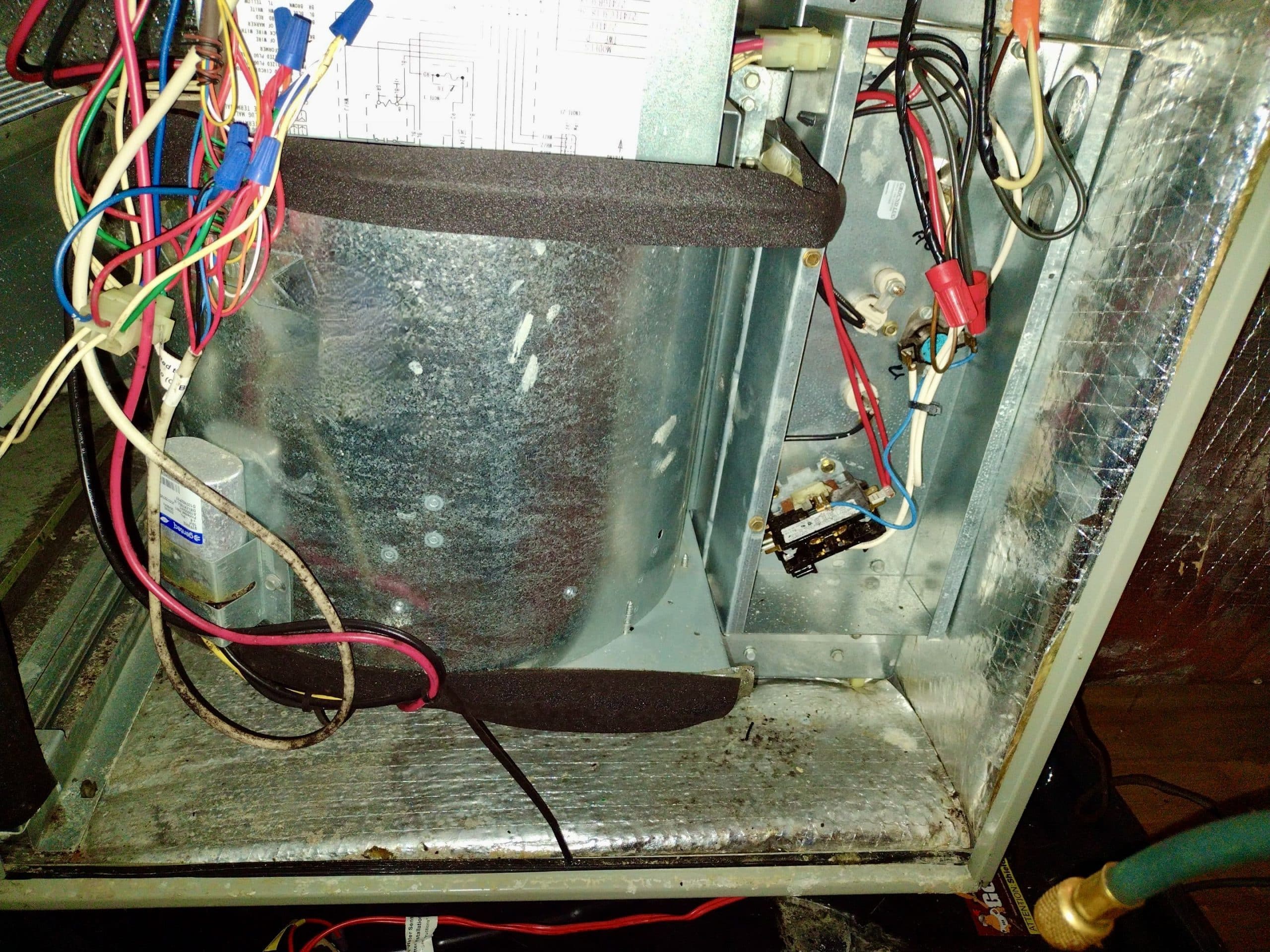
The HVAC blower fan circulates cooled and heated air throughout the household ductwork to maintain a comfortable, consistent temperature. In most cases, HVAC blower operation is linked to the system’s cooling or heating cycles. While the AC or furnace is operating, the blower circulates air throughout the ductwork. After the thermostat setting is achieved and the unit shuts down, the blower fan turns off too.
A fan that runs all the time, however, can drive up monthly expenses, as electricity consumption increases. Nonstop operation also imposes more wear and tear on the blower motor, which is a costly component if you have to replace it. If you’re noticing that the blower never shuts off, here are some possible reasons why.
First, the easy DIY option: Check the fan setting on your thermostat. If it’s set to “On,” the blower fan will run continuously. Change the setting to “Auto.” This setting means the blower operates only while the furnace or AC runs, then automatically shuts down between cycles.
What Else Can Go Wrong with an HVAC Blower?
Other possibilities potentially involve the system’s fan-limit switch and require diagnosis by a certified HVAC technician. The fan limit switch located in the central air handler works with your thermostat to turn the fan on and off. The limit switch turns the blower fan on a moment or two after the thermostat activates the furnace or AC unit and keeps the fan running for a few moments after the unit cycles off. However, the fan limit switch may cause the blower to run continuously if:
- A button located on the fan-limit switch that manually keeps the blower fan in continuous operation may have been activated.
- The fan-limit switch itself may be defective and in need of replacement.
- Problems in the thermostat wiring such as shorts or lost connections can result in a blower that runs continuously, regardless of the fan setting on the thermostat.
For more about HVAC blower issues and professional service to resolve them, contact Jackson & Sons.